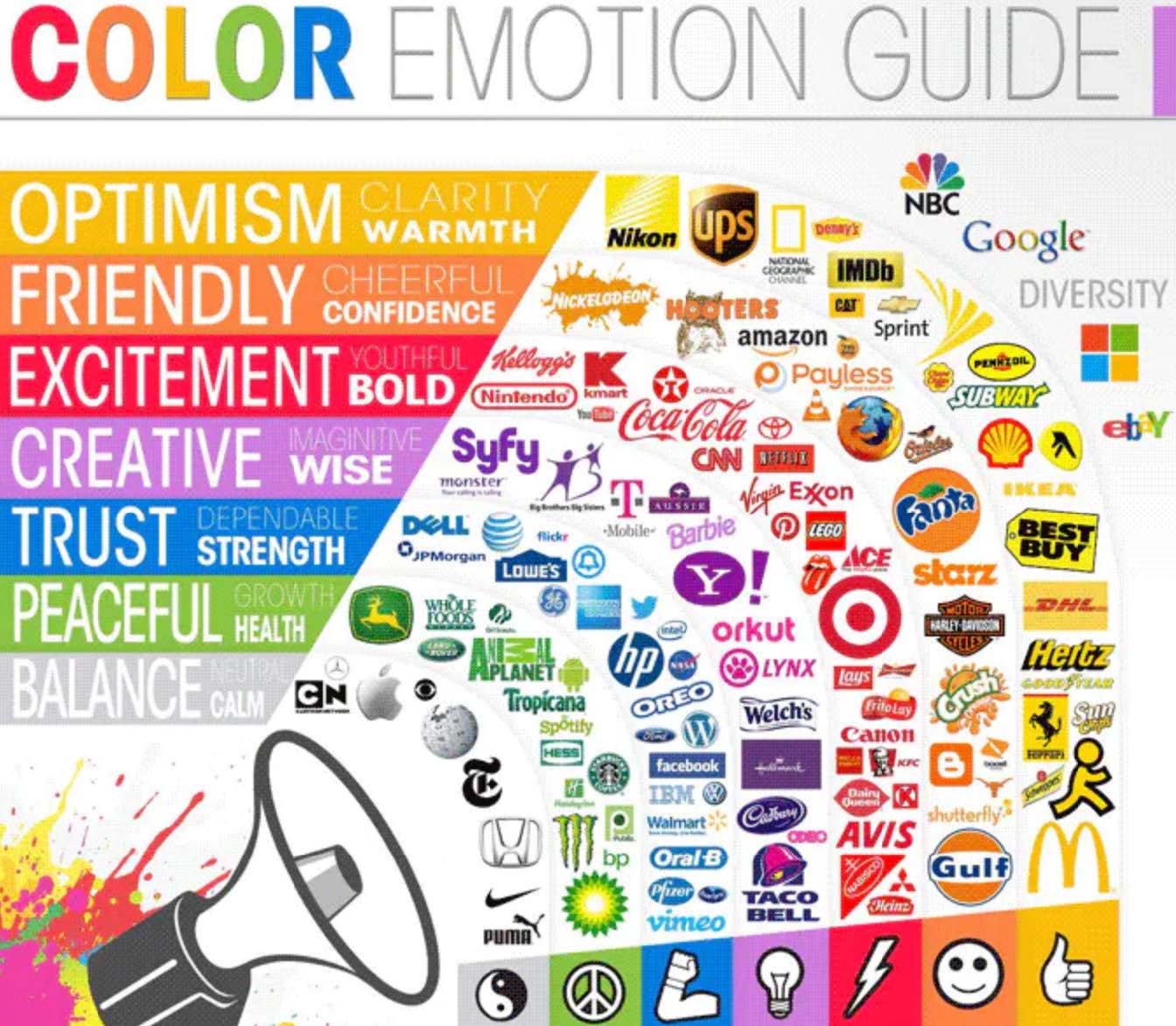Developing your brand
Post created by Maddie Jensen
Applied IMC (Winter 2023)
As I settle into what will be my final quarter at Western Washington University with graduation right around the corner, I am reflecting on my experiences the past few quarters. Instead of focusing on the end of my higher education experience, I want to focus on the beginning of my journey as a product manager managing a group of creative content creators.
I was a content creator not too long ago in the Integrated Marketing Communications course offered at Western Washington University which was an experience you will not find in the average classroom. The IMC class provided me real-world experience, building my professional portfolio while creating my professional brand. This entailed creating a brand logo, tagline, creative strategy, creative brief, media mix, brand elements like colors and fonts, and creating a website powered by WordPress. This was such a valuable experience and was extremely rewarding but it was a difficult process. I want to provide some helpful tips I wish I knew to those who want to build their personal professional brand with my content creators in mind.
Pick a tagline with a nice ring to it:
Having a tagline that encompasses what you do and who you are is incredibly important. Having a tagline that is able to convey exactly what you do makes the lives of your site visitors a lot easier. While having a concise and all-encompassing tagline is important, what is even more important is having a catchy tagline. A catchy tagline prompts recall for your site visitors and makes you and your brand easy to remember.
This is key to increasing awareness and knowledge of you and your brand. Think about what motivates you and what you tell yourself to push yourself to exceed expectations, especially the expectations you set for yourself. If you are looking to take it one step further, try to think of a tagline that rhymes with your name or starts with the same letter as your name does.
Strategically pick your brand colors and brand elements
Color psychology is something that subtly runs the marketing world. Every color has meaning and every color impacts perception which means your colors mean more than you think. Colors impact the impression people have on a brand and colors can be the factor that determines if a consumer chooses you, whether they know it or not. Take a look at the examples below.

Credit: The Logo Company
I'm sure you have seen this or at least recognize some of the brands in the photo above. I personally chose the color blue in various different shades as well as notes or purple for my personal brand. While I began my initial color research with these colors in mind, I decided to stick with them because I want to convey trust to those looking into me and my brand as well as being dependable. I chose to include purple because it compliments blue nicely and I want to convey that I am wise and open-minded to creativity.
Have strong values
Once you pull your site visitor in with your catchy tagline and your thoughtfully picked brand elements, you keep them coming back with strong values. Having strong values is what keeps site visitors reading and having strong values can lead to liking and preference. Values should be not only for your site visitors, but also for you. Strong values are the foundation for your actions, beliefs, and decisions. When it comes to forming strong values, you should compose a list of values you feel you live by.
Reflecting on your experiences and things you feel define who you are is a great place to start. If you are still finding yourself at a loss for inspiration, it can also be helpful to reach out to a friend or family member and ask them what they think your identifying values are.
Compelling purpose statement
Having a strong and compelling purpose statement lets people know exactly what you want to accomplish and how you're going to do it. A strong purpose statement can be formed by first stating your contribution, then stating the impact of said contribution. A strong purpose statement should be where you display your greatest strength(s) as concise as possible. Start by brainstorming what your strengths are and what you enjoy doing, then brainstorming how your strengths positively impact others and what you want to achieve.
I hope you have found this post to be helpful in kickstarting your personal brand and help you get started on this creative adventure. Trust me, the hard work will pay off!
